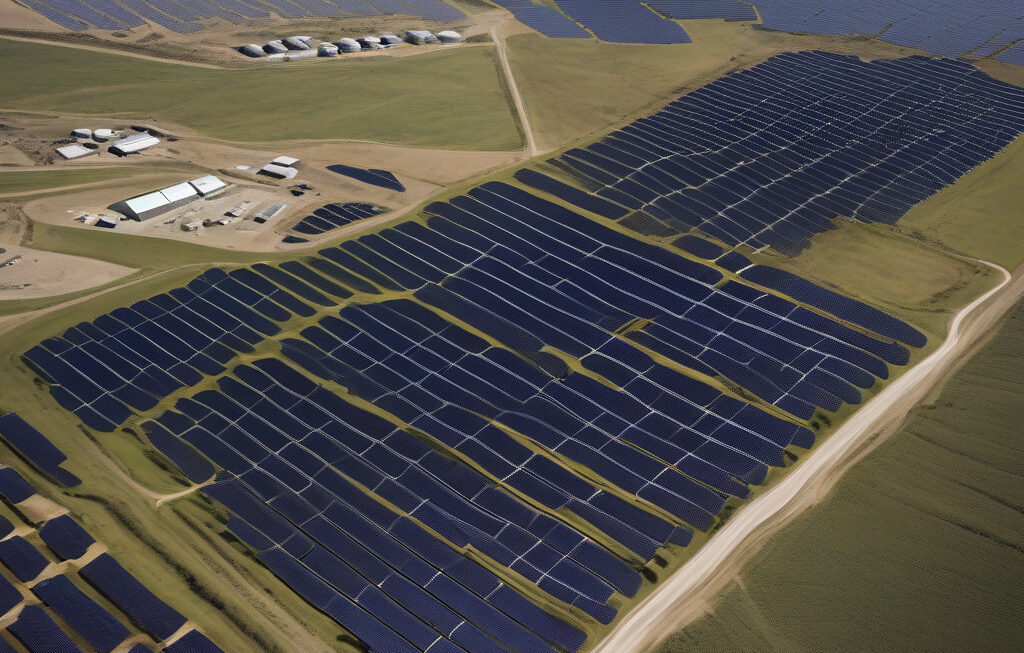Revolutionizing Energy Production: Canadian Scientists Split Water into Hydrogen Using Nanowires
University of Alberta (U of A) researchers have discovered a method to harness sunlight and urea to split water into hydrogen and oxygen. This groundbreaking innovation could pave the way for a more sustainable and eco-friendly future in energy production.
The team of scientists at the University of Alberta, led by Professor Jillian Buriak, has developed a novel technique using silicon nanowires to split water molecules into their constituent elements. By coating the nanowires with a thin layer of urea and exposing them to sunlight, the researchers were able to achieve a highly efficient process of water splitting.
This method is a significant advancement in the field of renewable energy, as hydrogen is a clean and abundant fuel source that can be used to power vehicles, generate electricity, and heat homes without producing harmful emissions. By utilizing nanowires and sunlight, the researchers have found a sustainable way to produce hydrogen without relying on fossil fuels.
The use of urea in the water-splitting process is particularly noteworthy, as urea is a low-cost and readily available compound that can act as a catalyst for the reaction. This means that the production of hydrogen using this method could be both cost-effective and environmentally friendly, making it a promising alternative to traditional energy sources.
Moreover, the efficiency of the process is a major advantage of this innovation. The silicon nanowires coated with urea were able to achieve a solar-to-hydrogen efficiency of around 3.3%, which is considered to be a significant milestone in the field of solar fuel generation. This high efficiency rate indicates that this method has the potential to be scaled up for industrial applications in the future.
In addition to its environmental and efficiency benefits, this technology could also have a positive impact on Canada’s economy. As a country rich in silicon resources and sunlight, Canada is well-positioned to capitalize on this innovative energy production method. By investing in research and development in this area, Canada could become a global leader in sustainable energy technology and create new opportunities for economic growth.
Overall, the breakthrough made by the University of Alberta researchers in splitting water into hydrogen using nanowires, sunlight, and urea is a significant step forward in the transition towards a more sustainable energy future. By harnessing the power of sunlight and utilizing abundant resources such as silicon and urea, this method offers a promising solution to the challenges of climate change and energy security. As more research is conducted and advancements are made in this field, the potential for widespread adoption of this technology grows, bringing us closer to a cleaner and greener world.
energy, sustainability, innovation, Canada, nanowires












